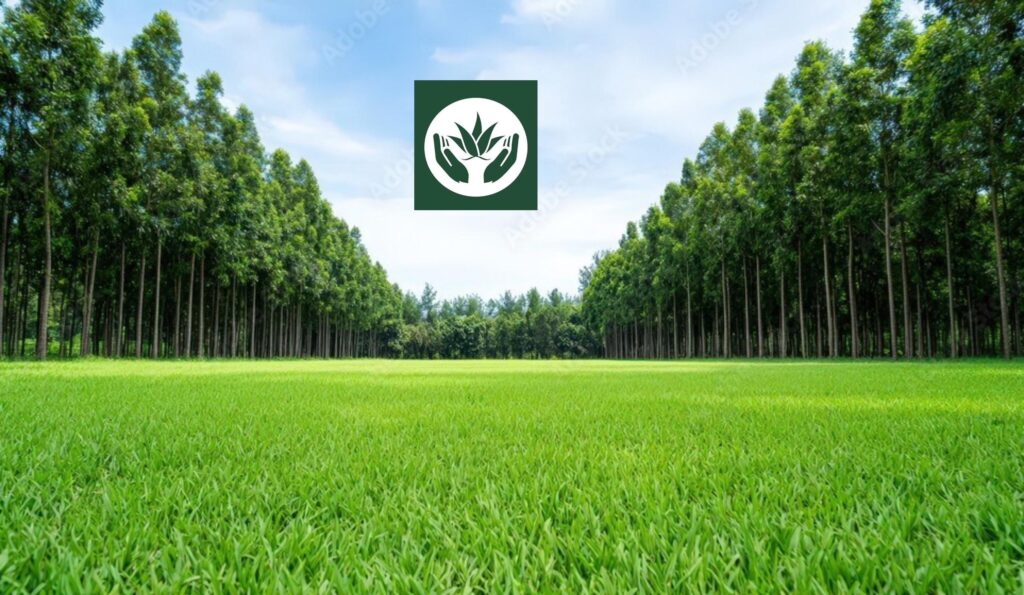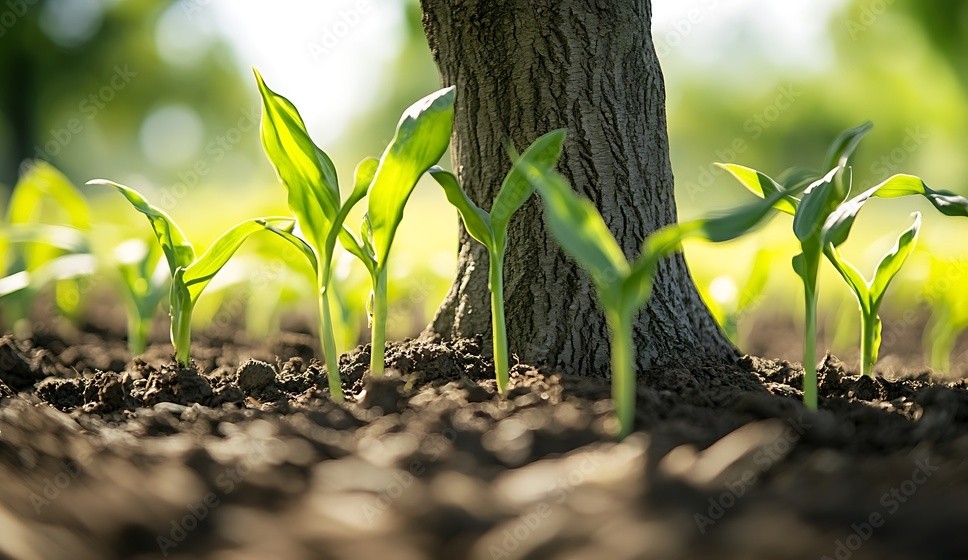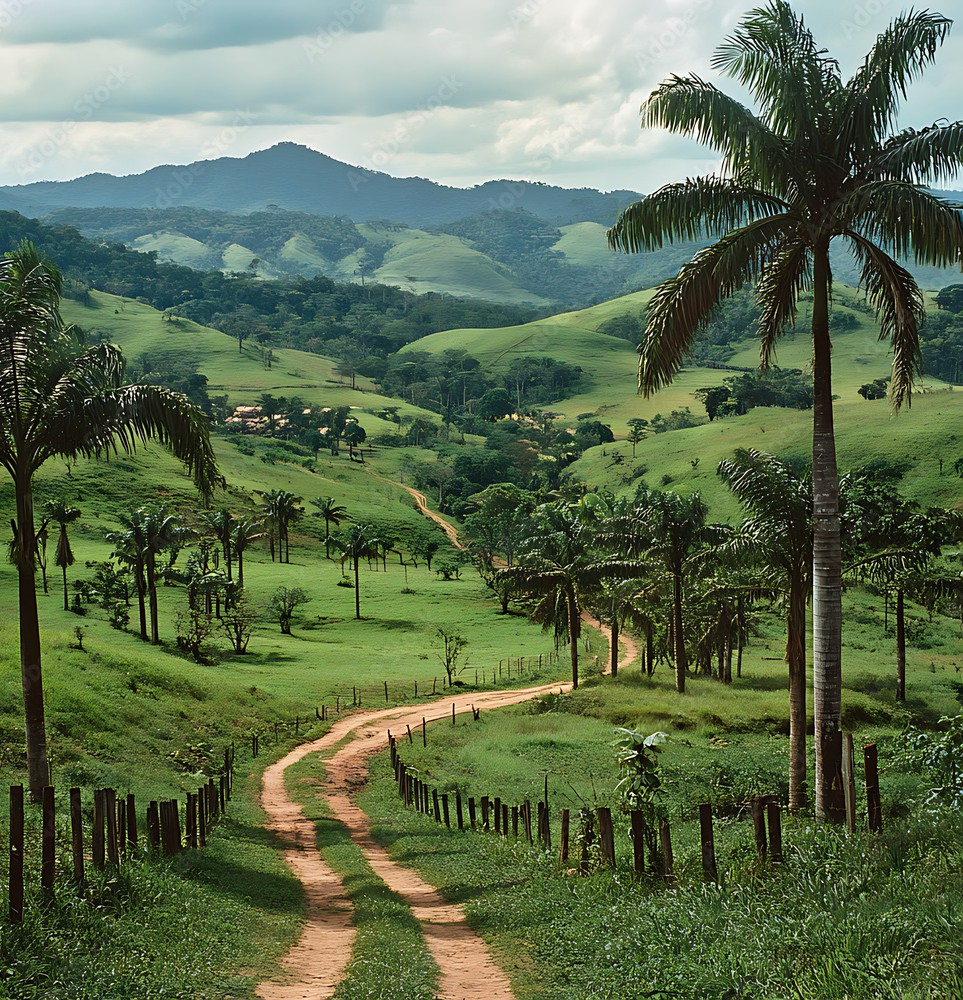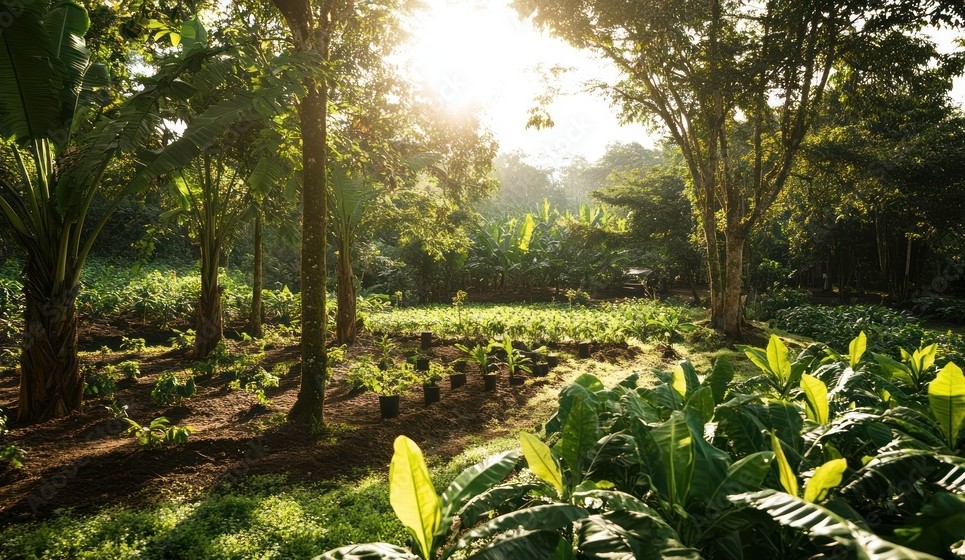Azolafam Ltd.: 15th Jan. 2025 Regenerative agriculture is a holistic approach to farming that prioritizes…
Azolafam Ltd.: 9th June, 2025 { https://www.azolafam.com/ }

In the face of climate change, land degradation, and food insecurity, agroforestry is emerging as one of the most promising sustainable land management practices in agriculture. By integrating trees and shrubs with crops and/or livestock systems, agroforestry offers a powerful set of environmental, economic, and social benefits that are transforming how we think about farming and land use.
But what exactly makes agroforestry so beneficial? Let’s explore.
Agroforestry is a land-use system where woody perennials (trees, shrubs, palms, etc.) are deliberately planted and managed alongside crops and/or animals. Unlike traditional agriculture that separates forestry and farming, agroforestry embraces diversity—mimicking natural ecosystems to create healthier and more productive agricultural landscapes.
Common types of agroforestry systems include:

Agroforestry enhances soil structure, organic matter, and nutrient cycling. Tree roots reduce erosion, while leaf litter and nitrogen-fixing species enrich the soil naturally.
Trees act as carbon sinks, absorbing CO₂ from the atmosphere and helping mitigate climate change. They also create microclimates, reduce the impact of extreme weather, and protect crops from heat and wind.
Agroforestry supports a diverse range of plants, animals, and beneficial insects by creating habitats and ecological corridors, leading to more resilient farm ecosystems.

Farmers can harvest multiple products—fruits, nuts, timber, honey, medicinal plants, etc.—from a single plot of land. This reduces economic risk and increases income opportunities year-round.
With improved soil fertility and natural pest control, farmers can reduce dependency on chemical fertilizers and pesticides, lowering production costs.
Trees provide long-term economic returns in the form of timber, fuelwood, and other forest products, building wealth and resilience over time.

Agroforestry systems often include fruit trees, nuts, and legumes, improving diet diversity and nutrition for rural families.
Agroforestry promotes community-based resource management, providing opportunities for training, employment, and collaborative planning—especially among youth and women.
Many agroforestry practices are rooted in indigenous and traditional knowledge systems that value harmony with nature. Preserving these systems helps maintain cultural identity and ecological wisdom.
From smallholder farmers in Africa to large-scale operations in Latin America and Asia, agroforestry is proving to be a viable solution for regenerative agriculture. It aligns with multiple Sustainable Development Goals (SDGs), including zero hunger, climate action, life on land, and sustainable communities.
Governments, NGOs, and international bodies are increasingly investing in agroforestry as a climate-smart and economically inclusive approach to land use.

Agroforestry is more than just planting trees—it’s about rethinking agriculture to work with nature rather than against it. By integrating trees into farming landscapes, we can restore degraded land, boost farm productivity, and build a more sustainable and resilient future for both people and the planet.
Whether you're a farmer, policymaker, researcher, or just someone who cares about sustainability, agroforestry offers a powerful tool for change. It’s time we give trees a bigger place on our farms and in our future.
Do you practice or support agroforestry? Share your thoughts or experiences in the comments below!